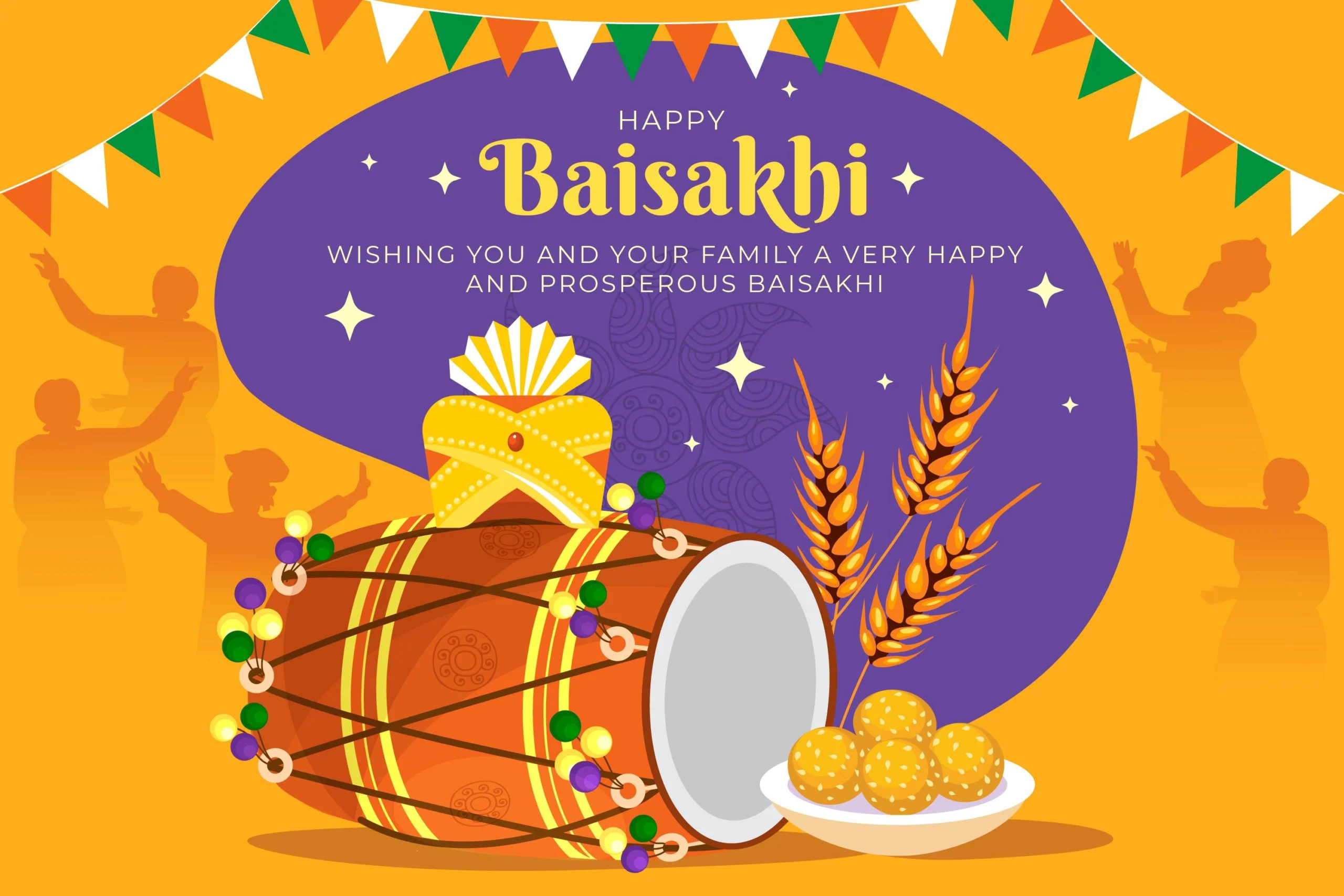Mahashivratri, the “Great Night of Shiva,” is one of the most significant festivals dedicated to Lord Shiva, a principal deity in Hinduism. Celebrated with great fervor across India and other parts of the world, this auspicious occasion offers a unique opportunity for devotees to deepen their spiritual connection and seek blessings from the divine. This guide will walk you through the various aspects of celebrating Mahashivratri, from understanding its significance to engaging in traditional practices.
Understanding the Significance of Mahashivratri
The Legend of Mahashivratri
Mahashivratri holds immense importance in Hindu mythology. It is believed to be the night when Lord Shiva performed the cosmic dance of creation, preservation, and destruction. Another popular legend states that it marks the day when Shiva married Goddess Parvati. These stories underscore the spiritual and cultural significance of the festival.
Spiritual Importance
Mahashivratri is a time for introspection, meditation, and fasting. Devotees believe that observing the rituals with sincerity can help them attain moksha (liberation) and receive the divine blessings of Lord Shiva. The festival emphasizes the victory of light over darkness and the power of devotion.
Preparations for Mahashivratri
Cleaning and Decorating the Home
In the days leading up to Mahashivratri, devotees clean their homes thoroughly to create a pure and sacred environment. This practice is symbolic of cleansing the mind and heart of negativity. Decorations often include rangoli designs, flowers, and oil lamps to enhance the festive atmosphere.
Setting Up the Puja Altar
Creating a dedicated space for worship is essential. The puja altar is adorned with an idol or image of Lord Shiva, flowers, bel leaves, incense sticks, and a lamp. Some devotees also place a Shivalinga, which is a symbolic representation of Shiva.
Observing Fast and Abstinence
Types of Fasting
Fasting is a key aspect of Mahashivratri celebrations. There are different types of fasts that devotees can observe:
- Nirjala Fast: Abstaining from food and water for 24 hours.
- Phalahar Fast: Consuming only fruits and milk.
- Partial Fast: Eating one simple meal during the day.
Spiritual Benefits of Fasting
Fasting is believed to purify the body and mind, making it easier to focus on spiritual practices. It is also seen as a form of self-discipline and devotion to Lord Shiva.
Performing Mahashivratri Puja
The Four Prahars of Puja
The Mahashivratri puja is typically divided into four segments, each called a prahar, corresponding to different times of the night. Devotees offer prayers, chant mantras, and perform abhishekam (ritual bathing) of the Shivalinga during each prahar.
- First Prahar (6 PM – 9 PM): Begin with Ganesha Puja and offer bel leaves, water, and milk to the Shivalinga.
- Second Prahar (9 PM – 12 AM): Continue with mantras and offer honey and yogurt.
- Third Prahar (12 AM – 3 AM): Perform abhishekam with ghee and sugar.
- Fourth Prahar (3 AM – 6 AM): Conclude with offering flowers, fruits, and coconut.
Chanting Mantras and Bhajans
Reciting Shiva mantras, such as “Om Namah Shivaya,” and singing bhajans (devotional songs) are integral to the puja. These practices help in maintaining focus and deepening the spiritual experience.
Visiting Shiva Temples
Temple Activities
Many devotees visit Shiva temples on Mahashivratri to participate in special rituals and ceremonies. Temples are often decorated beautifully, and the atmosphere is filled with devotional fervor. Offering prayers at a temple is considered highly auspicious.
Joining Community Celebrations
Participating in community celebrations can enhance the festive spirit. Many temples organize night-long vigils, kirtans (devotional singing), and discourses on Shiva’s stories and teachings. These gatherings provide an opportunity to connect with fellow devotees and share the joy of the festival.
Engaging in Meditation and Yoga
Importance of Meditation
Mahashivratri is an ideal time for meditation. The stillness of the night is believed to enhance spiritual energy, making it easier to achieve a state of inner peace and awareness. Meditating on Shiva’s attributes can lead to profound spiritual insights.
Practicing Yoga
Yoga, especially Hatha Yoga, is closely associated with Lord Shiva, who is considered the Adiyogi (the first yogi). Practicing yoga on Mahashivratri can help in balancing the mind and body, preparing devotees for a deeper spiritual experience.
Preparing Traditional Foods
Prasad and Offerings
After the night-long vigil, devotees prepare and offer prasad (blessed food) to Lord Shiva. Traditional offerings include:
- Bael Patra (Bel Leaves): Considered sacred and essential in Shiva worship.
- Panchamrit: A mixture of milk, yogurt, honey, ghee, and sugar.
- Fruits and Sweets: Including bananas, coconuts, and traditional sweets like kheer (rice pudding) and ladoo.
Sharing the Feast
After offering the prasad, it is distributed among family members and friends. Sharing the prasad fosters a sense of community and togetherness.
Conclusion
Celebrating Mahashivratri is a deeply enriching experience that combines devotion, discipline, and joy. By understanding its significance and engaging in traditional practices, devotees can cultivate a stronger spiritual connection with Lord Shiva. Whether through fasting, puja, temple visits, meditation, or community celebrations, the essence of Mahashivratri lies in the sincere devotion and reverence for the divine. May this guide help you celebrate Mahashivratri with greater understanding and fulfillment. Om Namah Shivaya!


